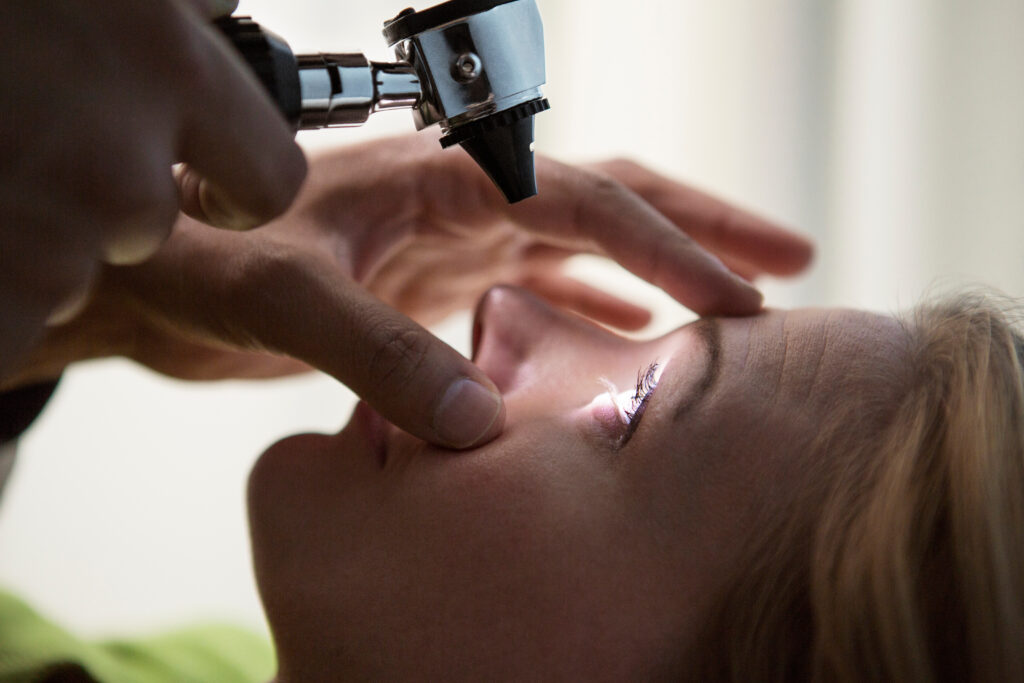
At some point in our lives, many of us will experience vision problems.
Whether it’s eye irritation, difficulty reading small print, or struggling to see objects at a distance, these issues can significantly impact our quality of life. To help you better understand these common vision problems, optometrist Julia Pulliam, OD, FAAO, has compiled a list of the five most common problems she sees at Washington University. By recognizing these conditions early on, you can take the necessary steps to maintain good eye health and seek appropriate treatment if needed.
- Cataracts are a common eye condition that affect most people at some point in their life. Cataracts occur when the natural, clear lens in our eyes becomes cloudy to the point we cannot see clearly despite using glasses or contacts. Wearing UV eye protection in the form of sunglasses or Transitions lenses can help to slow the progression of cataracts. Since cataracts form slowly over a lifetime, it is important for people of all ages to wear shades!
- Glaucoma is a condition affecting the optic nerve that can result in irreversible vision field loss if untreated. Risks for developing Glaucoma include high intraocular pressure, a positive family history, and age over 50. Fortunately, Glaucoma can be managed with eye drops alone and/or surgery. Many patients with glaucoma ask what they can do to keep it from progressing. Asides from staying compliant with medication and follow-up, maintaining a good healthy diet and regular exercise can help as well.
- Eyestrain can be caused by a variety of factors with the most common being refractive errors, such as myopia (nearsightedness), hyperopia (farsightedness), or astigmatism. It is important that your eyeglasses prescription is up to date to assure you have optimal vision correction; this will help to alleviate eyestrain and headaches.
- Floaters are a common visual complaint and can represent several different eye problems. This can include benign processes such as aging of the vitreous jelly that fills the eye, or a potentially sight-threatening problem such as a retinal tear or detachment. Many of these conditions occur spontaneously, which is why it is important to reach out to an eye care specialist immediately, rather than wait until your annual exam. A dilated retinal exam needs to be performed in order to determine the cause. Early diagnosis and treatment are key to having the best outcome.
- Eye irritation can be caused by many different conditions. One of the most common is inflammation of the eyelids, also known as blepharitis. Carefully cleaning the lids may improve the irritation caused by blepharitis in some patients. Other patients may require medication prescribed by their health care provider.
Take charge of your eye health by making yearly eye exams a priority. By undergoing yearly eye exams, you can catch any potential issues at their earliest stages, allowing for prompt intervention and treatment. This proactive approach not only helps preserve your vision but also minimizes the risk of developing severe eye conditions that may require more invasive treatments in the future.
